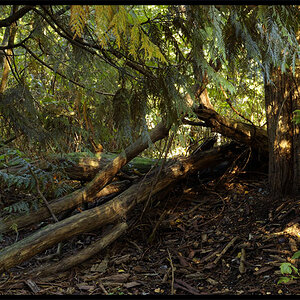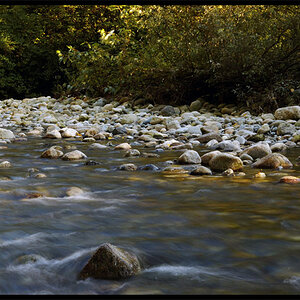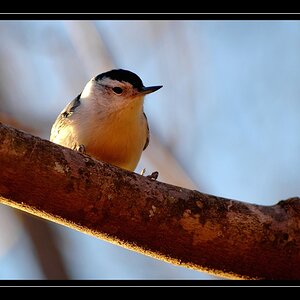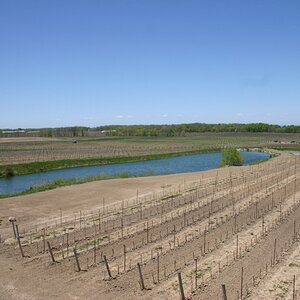lisameowrie
TPF Noob!
- Joined
- Feb 19, 2015
- Messages
- 94
- Reaction score
- 13
Does someone mind explaining the difference?
Specifically, I just purchased a used 35mm prime and asked why they were selling and the response was that lens is for a crop body sensor camera and they moved onto full frame. This worries me because that means the lenses I have will not be compatible once I upgrade? I don't want to have to upgrade, I like the lenses I am acquiring!
Specifically, I just purchased a used 35mm prime and asked why they were selling and the response was that lens is for a crop body sensor camera and they moved onto full frame. This worries me because that means the lenses I have will not be compatible once I upgrade? I don't want to have to upgrade, I like the lenses I am acquiring!


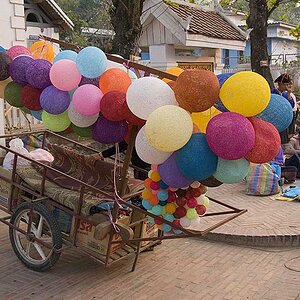

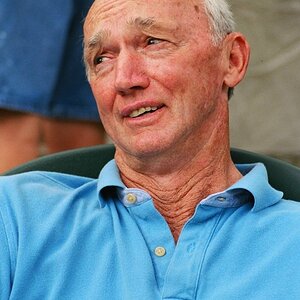
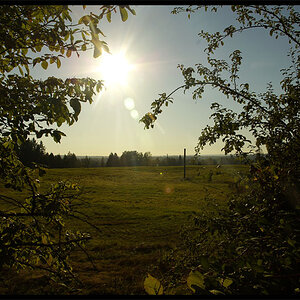
![[No title]](/data/xfmg/thumbnail/42/42034-6262420ff3ea238f05395bbcc7ae1f28.jpg?1619739985)
